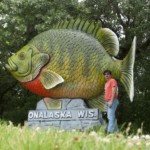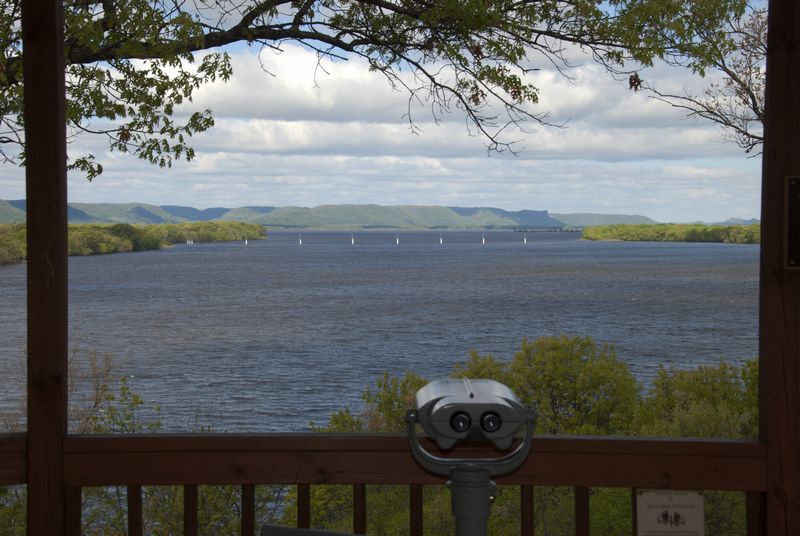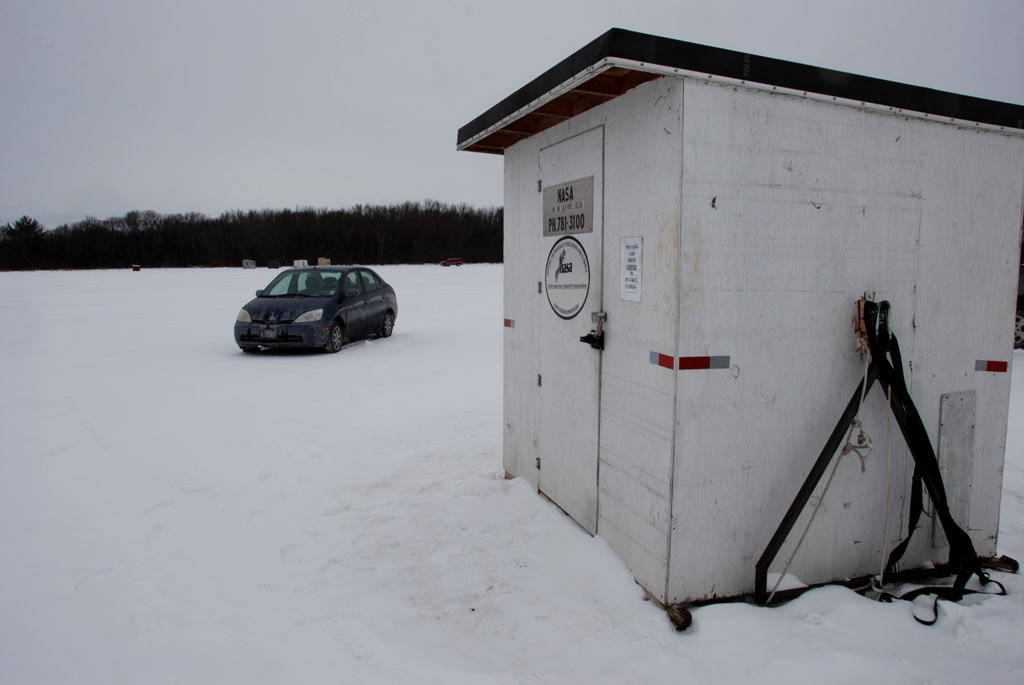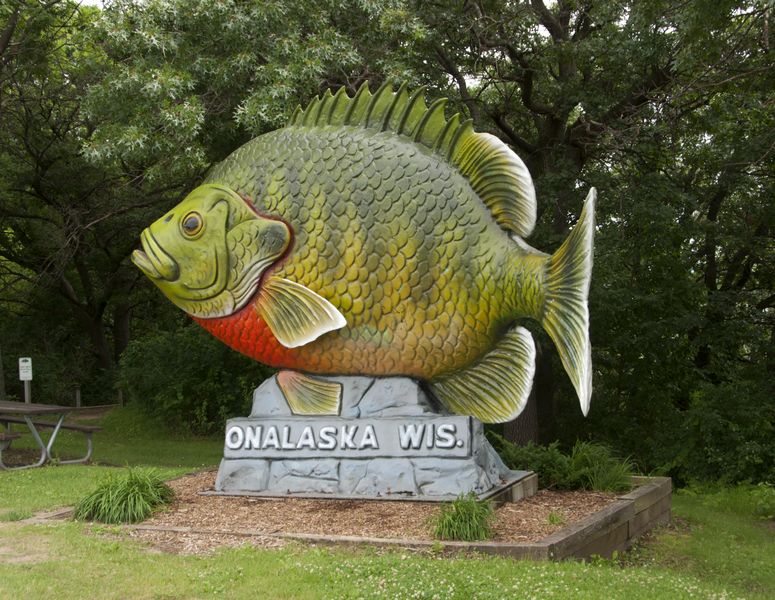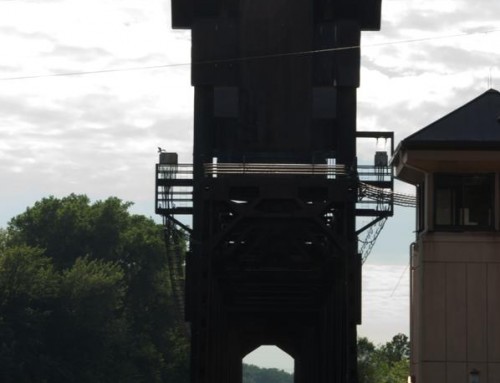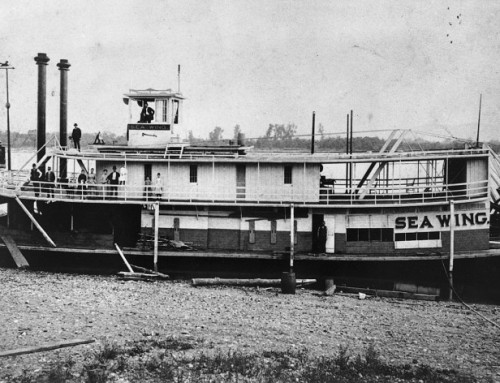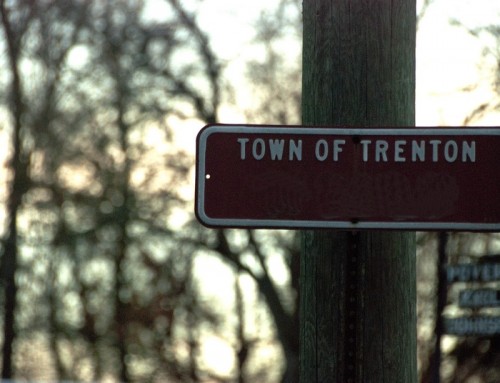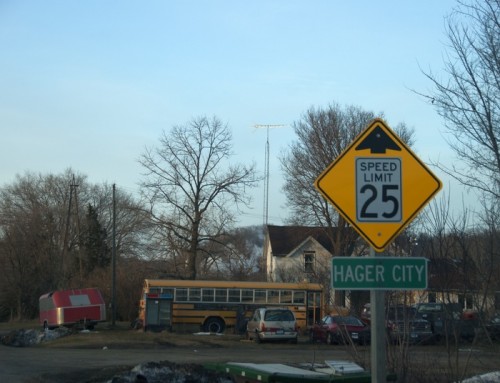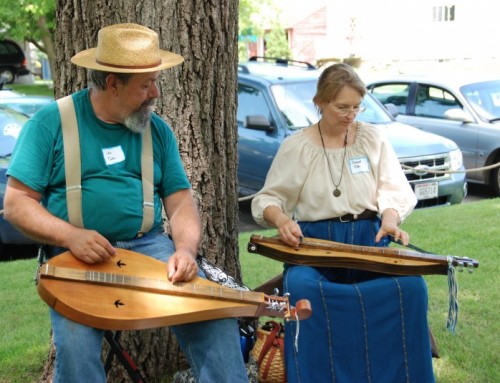Introduction
Onalaska is a community with old roots that sprang up when cut trees floated down the Black River on their way for processing at sawmills. Today’s Onalaska has evolved far away from its frontier roots into a bedroom community defined by big box stores and cul-de-sacs.
Visitor Information
Direct your questions to the good folks at Explore La Crosse (608.782.2366).
History
Thomas Rowe, a native New Yorker, arrived in the area in 1851, apparently with the idea of opening a tavern to serve the lumberjacks working along the Black River, which seems like it must have been a good idea, given their numbers in the area. Mr. Rowe was a fan of Thomas Campbell whose poem The Pleasures of Hope references a town in the Alaskan Aleutian Islands that provided the inspiration for the town’s name:
Now fore he sweeps, where scarce a summer smiles,
On Behring’s rocks, or Greenland’s naked isles;
Cold on his midnight watch the breezes blow;
From wastes that slumber in eternal snow,
And waft across the waves’ tumultuous roar,
The wolf’s long howl from Oonalaska’s shore.
William Carlisle, a lumberman by trade, was so taken with the name that after he left the area, he used it three more times to establish communities in Arkansas, Texas, and Washington.
Back to lumber. The first sawmill went up around 1853, and by 1856 there were three sawmills in operation and two more under construction. Most of the workers were immigrants from Germany and Norway. From 1855 to 1899, over six billion board feet of lumber floated down the Black River to Onalaska. That’s enough lumber to build two million three-bedroom, 1000-square-foot ranch houses. That’s a lot of lumber. During the early years, the mills kicked out a lot of sawdust as a byproduct; for a while, the sawdust was dumped on roads to make them more passable, which turned out to be not such a good idea, because sawdust is, of course, flammable and, while flaming streets might be really cool effect in a video game, they aren’t so good for a town trying to convince people to stick around. The lumber business peaked in 1892; 10 years later it was essentially done, as the forests had been depleted. Employment at the Black River mills fell from 1785 in 1899 to 39 just six years later.
Now back to Onalaska. Onalaska grew more slowly than its neighbor because La Crosse had a more favorable river port and a railroad station 12 years earlier. After the mills closed, Onalaska dipped into a recession; light manufacturing and agriculture gradually turned the economy around. One of the light manufacturers was the Onalaska Pickle and Canning factory, which occupies 12 pages in the local history book. They packed pickles, cabbage, peas, and corn beginning in 1906, shipping sauerkraut around the world until closing in 1958. Onalaska was a favorite ending point for sleighing expeditions; arriving sleighers would throw a big party, drinking and sometimes fighting, although this activity probably had less of an economic impact than light manufacturing and agriculture.
Onalaska expanded to the north and east in the 1960s but this growth was mostly residential. In 1982, the city annexed land in the Town of Medary around Valley View Mall after a lengthy legal dispute and promptly licensed developers to build the strip mall hell that you see today.
Random Fact: Onalaska is the hometown of the Gullikson brothers (Tom and Tim), professional tennis players who excelled at doubles play in the 1980s. Tim also achieved fame as the coach who helped Pete Sampras to 14 Grand Slam titles before a brain tumor cut his life short in 1996.
Exploring the Area
The wide expanse of water to the west of town is known as Lake Onalaska, although it is obviously part of the Mississippi River. The lake was formed when Lock and Dam 7 was completed in the 1930s. The lake flooded low-lying sections of French Island and obscured what was once the Black River channel along the east side of French Island. By the 1970s sedimentation was causing the lake to fill in. A 1976 report found that the lake had lost a third of its volume since being created. Local folks organized the Lake Onalaska Protection and Rehabilitation District to push for more effective management policies. The lake is very popular with folks who like to fish; in winter ice fishing shacks spread out across the section between French Island and Brice Prairie.
The sunfish overlook on State Highway 35 is a great place to look out over the lake. (I honestly don’t know the name of this overlook, but it has a two-ton sculpture of Onalaska’s sunfish mascot, Sunny, hence my name.) It’s a popular place for sunset watching (and for speed traps).
The Onalaska Area Historical Museum (741 Oak Ave. S.; 608.781.9568) uses a room at the Onalaska Public Library to display Native American artifacts and exhibits about the lumber history, and local schools, plus an occasional rotating exhibit.
Sports & Recreation
The Great River State Trail runs 24 miles from Onalaska to Trempealeau. It is mostly hard surface and open for bicycles and walking. The trailhead is on the west side of Highway 35 at Main Street at Great River Landing. The Great River Trail connects to the La Crosse River State Trail, which runs 22 miles from La Crosse to Sparta. For both trails, you must purchase a trail pass if you are over 16 years of age, which you can get at a kiosk at one of the parking lots. Even if you’re not going to bike a trail, stop at Great River Landing for the views.
If you didn’t bring a bicycle with you, River Trail Cycles (106 Mason St.; 608.519.5757), can set you up with a rental. In winter, they can also set you up with a pair of snowshoes.
Random Fact: In 1886, a 52-pound boy caught a 44-pound catfish in the Black River.
Entertainment and Events
Festivals
Sunfish Days (608.781.9570) entertains visitors with live music, a carnival, a parade, and a kids fishing tournament.
Hmong refugees began moving into the area in the 1970s and now have a community that counts several thousand. Join them in October for the Hmong New Year’s Celebration (608.781.5744) in Veteran’s Park (on Highway 16 near West Salem). You can sample food that is not widely available in the region and take part in events that celebrate Hmong culture (entry fee charged per car).
**Looking for more places to visit along the Mississippi River? Check out Road Tripping Along the Great River Road, Vol. 1. Click the link above for more. Disclosure: This website may be compensated for linking to other sites or for sales of products we link to.
Where to Eat and Drink
Nut Bush City Limits Bar & Grill (3264 George St.; 608.783.0228) is about as local as it gets. Breakfast is their best meal (6a–3p) and is affordable and hearty. You can easily fill up on eggs, pancakes, waffles, hash browns, etc. for just a few bucks.
For something lighter but more decadent, head to Opus Bakehouse (1125 Main St.; F-Su 8a-1p) for a buttery croissant, rich morning bun, or tasty galette. They are open on Fridays and Saturdays (8am-1pm).
Where to Sleep
Budget
The Onalaska Inn (651 2nd Ave. South; 888.359.2619/608.783.2270) has 12 well-kept rooms all with identical features: fridge, microwave, cable TV.
The Lake Motel (926 2nd Ave. North; 608.783.3348) has nine tidy rooms right on the River Road.
The Shadow Run Motel (710 2nd Ave. N.; 608.783.0020) has 22 rooms with 22 personalities accented with homey touches like quilted pillow cases. Each room has a microwave and fridge, access to decks and patios, and comfy bedding; second floor rooms have good views of Lake Onalaska; four rooms have a stove.
Bed-and-Breakfast Inns
For a taste of country life, Rainbow Ridge Farms (N5732 Hauser Rd.; 608.783.8181) is a hobby farm that does double duty as a B&B. Guests are welcome to help with chores like feeding the goats, sheep, llamas, ducks, and chickens, or not. Each of the four guest rooms has its own bathroom and overlooks a pond. Located in a quiet setting deep in a coulee, you are just a 20-minute drive to restaurants and entertainment in La Crosse. Guests are served a full breakfast on weekends, expanded continental during the week.
Resources
The local newspaper is the Coulee Courier (608.786.1950).
Post Office: 304 11th Ave. North; 608.781.8777.
Onalaska Public Library: 741 Oak Ave. South; 608.781.9568.
Where to Go Next
Heading upriver? Check out Holmen.
Heading downriver? Check out French Island.
Community-supported writing
If you like the content at the Mississippi Valley Traveler, please consider showing your support by making a one-time contribution or by subscribing through Patreon. Book sales don’t fully cover my costs, and I don’t have deep corporate pockets bankrolling my work. I’m a freelance writer bringing you stories about life along the Mississippi River. I need your help to keep this going. Every dollar you contribute makes it possible for me to continue sharing stories about America’s Greatest River!
Onalaska Photographs
©Dean Klinkenberg, 2024, 2021, 2018,2013,2011
